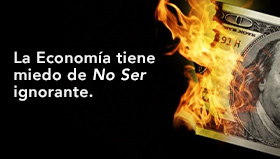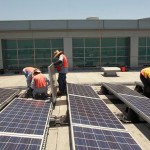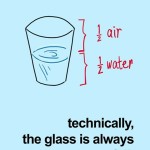Recology:
I found an article where Diego Santilli, Environmental and Public Space Minister of the City of Buenos Aires, proposes to give a discount in new technologies’ installation costs to those businesses willing to use clean energy to supply their energetic needs. This is a good mechanism to incentive the usage of renewable energies.
Whenever you put forward proactive policies to defend the environment, you cannot take them as individual and isolated measures. They have to be joined with several other measures. For example, the simplest, to charge taxes which contemplate, in cash, the environmental damage caused. This environmental damage would come from three different analysis variables:
1) The energy used in the productive process of the business. Charging a higher tax to those working on fossil fuel based electricity, such as gas and coal, or the oil consumption regarding any transport within the productive process; and lowering the tax to those who can manage to integrate renewable energies to the energetic matrix.
2) Solid and chemical waste management. Lowering the tax on those who recycle and reuse their waste and applying severe taxes to those who get rid of their waste with no treatment at all.
3) How biodegradable is the finished product of the business. Hence, an aluminum can business would have a huge tax, because it would need to pay for the damage of blowing up a mountain for the extraction of minerals, of emanating gases from the melting of metals, and for the hundreds of years that it takes Gaia to digest that can in its womb.
At the same time, this measure goes hand by hand with other measures. For example, where does the money from the taxes go to? We could follow the example of the Recology San Francisco Solid Waste Transfer and Recycling Center –pioneers in sustainable management policies– and build a huge waste treatment facility like the one they built there.
Down below you can see a video which shows the facility at work. They have a 3 recollection bin system: I) recyclable waste, II) waste used for compost and III) anything else (non pathological waste and anything which cannot be used for recycling or compost).
Absolutely EVERYTHING entering the plant is divided into more categories and redistributed to different businesses and institutions. The compost produced is destined to family gardens, the metals saved are sold to businesses which melt it again and re-use it, any other re-usable elements are donated and they even have an open space where artists can pick-up and select several elements for their works of art.
We can perfectly apply this idea in our country and in any other country that knows how to re-distribute their money income and make it flow towards where it is most needed (instead of concentrating it more and more), generating hundreds of job positions.
They are only ideas, as usual, for us to take and spread the word.
Cheers,
Brian Longstaff.-


















Ezequiel Benvenuto Manarin Sep 18 , 2012 at 05:11 PM /
Es un claro ejemplo de como se completaria el Metabolismo Social, pero en un pais como el nuestro, que creen que dar dinero y listo se soluciona todo; no seria nunca capaz que se logre eso. A no ser que de que sea a nivel cooperativa, de esa manera podremos crear conciencia y demostrarle a la gente que se puede vivir en armonia con el MA y entre nosotros mismos, y es mas en esa manera se puede lograr que mucha mas gente trabaje. Un abrazo
Florentina Toral Sep 19 , 2012 at 02:15 AM /
es asi Eze.. todo comienza desde casa, pero con mucho trabajo!!=)
Diego Garavaglia Sep 19 , 2012 at 10:12 PM /
Con respecto a los primeros dos párrafos del boletín, en Río+12, firmaron un acuerdo los Gobiernos de las Ciudades de México, San Pablo y Capital Federal para realizar un pozo común entre las 3 megaciudades y salir al mercado a comprar más barato tecnología para el uso de energías renovables…